Frederica Freyberg:
In our first look tonight, Wisconsin wants to blitz the nation with a marketing campaign to persuade people to come here to work. Governor Scott Walker says it’s critical to, “get more bodies” in Wisconsin, saying the state projects the need for 45,000 workers in seven years to fill jobs in manufacturing, nursing, information technology and services. The governor is calling on the legislature to approve $6.8 million for the marketing, but with Foxconn coming, a separate million dollar campaign to lure young professionals in Chicago to Wisconsin kicks off in January.
Male announcer:
“Your ramen or ours?” In Milwaukee, the cost of living is 22% less than in Chicago.
Frederica Freyberg:
The “Your ramen or ours?” spot is one of the many marketing messages across platforms, including even a Chicago commuter train wrap, espousing the benefits of moving to Wisconsin from the windy city. The target? Young professionals, including those who graduated from Wisconsin colleges.
Tricia Braun:
We’ll be putting ads in places where millennials tend to frequent, commuter trains, and the train stations themselves. Inn health clubs that they might be exercising in and bars, restaurants, et cetera that they spend time in.
Frederica Freyberg:
Because the Wisconsin Economic Development Corporation is talent spotting to fill existing and future jobs.
Tessa Conroy:
Wisconsin just doesn’t do as good a job attracting workers into the state as some of our other states around the country.
Frederica Freyberg:
UW Economist Tessa Conroy says it’s likely to be an uphill battle because workers aren’t as mobile as they were even a decade ago. Plus, Wisconsin competes for millennials with states that have larger cities with a special pull.
Tessa Conroy:
Workers like thick labor markets. That’s why they go to Minneapolis and St. Paul and Chicago. And comparatively, Wisconsin doesn’t have an urban center quite like that that has that kind of gravitational effect on workers.
Frederica Freyberg:
Millennials, Conroy says, like what are called high amenities.
Ryan Monfils:
I think a lot of millennials just want to go where opportunities are like, where the cities are, like music – not looking for development and activities do to that are just not basic like a walk in the park – like concerts, sporting events.
Frederica Freyberg:
In a quick survey of 20-somethings on campus in Madison, we asked, do you want to stay in Wisconsin after getting your degree?
John Douglas:
I'd prefer to leave, to be brutally honest, but it really depends on where I'm able to get a job. I’d prefer to go back either to D.C. or LA or somewhere like that.
Riley Farrell:
A lot of people want to go to Chicago. Not a lot of people are sticking around.
Frederica Freyberg:
But it turns out, most in-state students do want to stay and work in Wisconsin, at least eventually.
Riley Farrell:
I want to start out my career in a big city. Get the feel of a different kind of lifestyle and see more things than Wisconsin has an offer. I mean, but I want to come back for sure. It’s always been my home.
Male announcer:
Did you know that almost 80% of in-state students live and work in Wisconsin in the years after graduation? UW-Madison, working for Wisconsin.
Frederica Freyberg:
And UW systems schools report 87% of their grads stay in Wisconsin. The problem is not as much how many people leave as how few people come.
Tessa Conroy:
I wouldn’t say it’s the case that people are leaving the state at unusually high rates compared to other states in the U.S. It’s really the in-migration that seems to be one of the potential weaknesses in the state. That our in-migration just isn’t enough to offset the average rates of out-migration we do have.
Frederica Freyberg:
That’s why the first marketing blitz goes after out-of-state graduates.
Tricia Braun:
Individuals and students that have gone to one of our universities already have experienced the state. They have a feeling of connection with them. Reaching out to the alumni populations across the country, across the world essentially and using and leveraging the networks that they already have in place to tell this story seems like an obvious way to go.
Frederica Freyberg:
Governor Scott Walker wants to add to the “Come Work in Wisconsin” advertising budget, seeking nearly $7 million for targeted campaigns, including trying to attract military veterans to the state.
Tricia Braun:
Veterans are a really important part of the workforce and as they’re needing talent now, folks transitioning out of the military come with a set of skills that typically are very aligned with our industries and the job opportunities that companies are looking to fill here in the state.
Frederica Freyberg:
But what about the question of whether the demand for workers in short supply could command higher wages to possibly incentivize a move into the state?
Tessa Conroy:
I think a lot of the story in Wisconsin is that we’re raising wages and we still can’t find workers. I think that might be the case, but maybe what’s going on here is that we have been increasing but they’re still low compared to jobs in another sector or jobs in another city.
Frederica Freyberg:
So as to that question of wages in Wisconsin and other matters relating to the short supply of workers, we turned to workforce policy specialists at Wisconsin Manufacturers and Commerce Chris Reader. Thanks for being here.
Chris Reader:
Thanks for having me.
Frederica Freyberg:
What about that question that Tessa Conroy, the economist brings up in our story about low wages compared to jobs in other sectors and other cities? Is it our leading sector of manufacturing that’s not able to keep pace with higher-paying sectors?
Chris Reader:
No. I think manufacturing consistently is a high-pay industry in Wisconsin. It’s one of the top states for manufacturing in country. If you take a look at wages over the past several years, Wisconsin has been very strong on wage growth. I think we’ve been 11th in the nation since 2010 in terms of wage growth. Kind of the situation that we have now where we have a workforce or worker shortage, which we’re all trying to address, really should continue to put upward pressure on wages and benefit packages as manufacturers, health care and other industries try to draw talent not only from other sources within Wisconsin, but from other areas to come to Wisconsin.
Frederica Freyberg:
There has been upward pressure already on wages, but is it accurate that maybe we aren’t competing well with other cities or other states?
Chris Reader:
No. I think we do compete. I think when you take a look at Wisconsin and you take a look at our cost of living here, we have a very low cost of living compared to Chicago or compared to some other communities throughout the country. So when you take our cost of living and you take our wages, we really have a great story to tell. I think we have a place that workers, if they do all that calculation, should want to come to Wisconsin.
Frederica Freyberg:
What's the extent of the worker shortage in Wisconsin?
Chris Reader:
For our members, it’s something that is very top of mind. We do a survey of our CEO members every six months. We’re just getting that data in now for the December survey. And it’s very high. It’s 80% of our members are saying that they are having a hard time right now finding workers that they need. That’s up from 77% last year and up from only about 50% a few years back. So it’s top of mind. It’s growing. Four out of five employers cannot find the talent they need right now.
Frederica Freyberg:
Is this in any particular sector or across the board?
Chris Reader:
It’s all over. It’s across the board. It’s health care, manufacturing, advanced manufacturing, I.T. It’s really all types of jobs. It’s somebody to work on the factory floor. It’s also somebody in management. It’s cross-sector and cross-job.
Frederica Freyberg:
Why is this happening?
Chris Reader:
Well, if you take a look at the plain demographics, we have in Wisconsin a birth rate that is slightly below the national average, a little bit below. We have a situation that was accurately displayed in the story of people for most part staying in Wisconsin if they go to UW school or a private college here in the state. They stay here. But we’re not drawing people to Wisconsin. And other states are drawing people from other states to their area. So we have kind of a stagnant population. We have a population of baby boomers that are exiting the workforce. So we have a vacuum being created without a new sector — section of workers coming into it.
Frederica Freyberg:
What's the result for employers of this worker shortage?
Chris Reader:
Sure. Well, if we can’t get workers to come here, which is why it’s so important that this campaign that the governor is kicking off now works. If we don’t get workers to come here and families to move here, we’re looking at economic stagnation. In order to keep our economy moving forward in the decades to come, we really need to solve this issue now and get people to move here in order so that we can fill our jobs going forward.
Frederica Freyberg:
There was discussion in the story about how young professionals like these “thick” labor market with these high amenities and not mentioned in the story but mentioned by the economist, things like really robust mass transit systems. Is there any way that Wisconsin with its largest city Milwaukee can really compete with those “thick” labor markets?
Chris Reader:
Absolutely. We actually just this week unveiled a different video. You can see it a wmc.org. It’s a video where we interviewed a couple from Janesville that used to live in Chicago. They moved to Wisconsin, to Janesville, out of Chicago because they saw the cost of living in Wisconsin. They say the life quality in Wisconsin as something, once they were in their careers for a few years, having kids, they wanted to move back to Wisconsin. They were originally from Wisconsin. So they’ve moved back to Janesville. Absolutely, if you stack our quality of life up with big cities, we can compete I believe with anyone in the country. And Milwaukee, Madison, Green Bay, Racine, they do have a lot of great amenities for folks that want to come and have that purely urban life living downtown in a high-rise. We do have that. It’s maybe not as played up as much as it should be in Milwaukee, but we have a great quality of life in the city of Milwaukee for folks that want that downtown lifestyle.
Frederica Freyberg:
Are all eggs kind are in this marketing outreach campaign?
Chris Reader:
Yeah. This is where it’s at right now in terms of what we need to do as a state to continue to prosper and grow. Again, from our members, four out of five are having a difficult time right now finding the workers that they need. It’s across sector. So it’s something we really need to get right. We need to make sure our K-12 system continues to produce education results that let our kids get into jobs Wisconsin will have. We need to make sure that people in higher ed in Wisconsin want to stay here after they finish their degree. And we need to bring folks in in order to meet the coming numbers crunch.
Frederica Freyberg:
Chris Reader, thanks very much.
Chris Reader:
Thanks for having me.
Search Episodes

Donate to sign up. Activate and sign in to Passport. It's that easy to help PBS Wisconsin serve your community through media that educates, inspires, and entertains.
Make your membership gift today
Only for new users: Activate Passport using your code or email address
Already a member?
Look up my account
Need some help? Go to FAQ or visit PBS Passport Help
Need help accessing PBS Wisconsin anywhere?

Online Access | Platform & Device Access | Cable or Satellite Access | Over-The-Air Access
Visit Access Guide
Need help accessing PBS Wisconsin anywhere?

Visit Our
Live TV Access Guide
Online AccessPlatform & Device Access
Cable or Satellite Access
Over-The-Air Access
Visit Access Guide
 Passport
Passport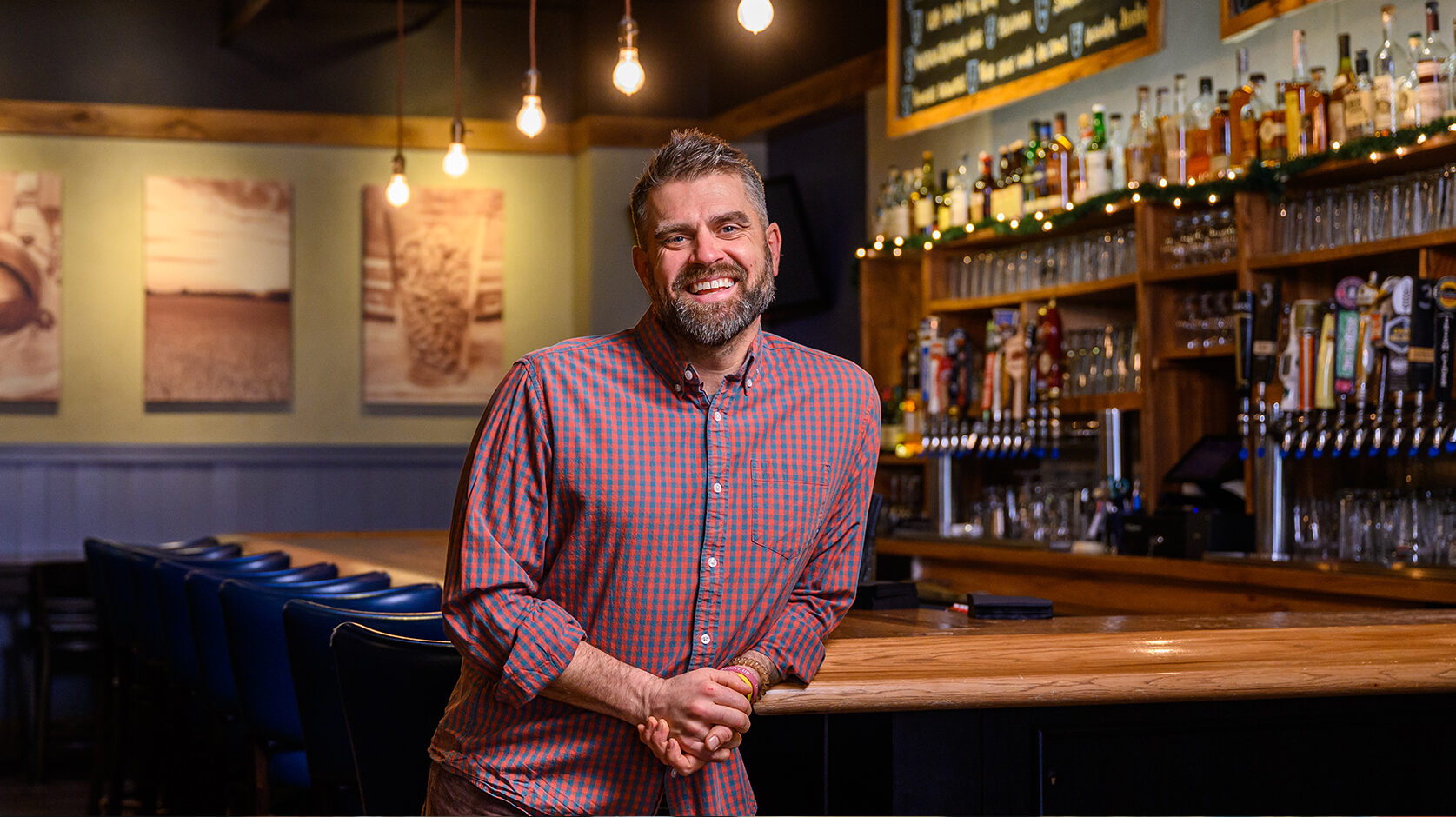
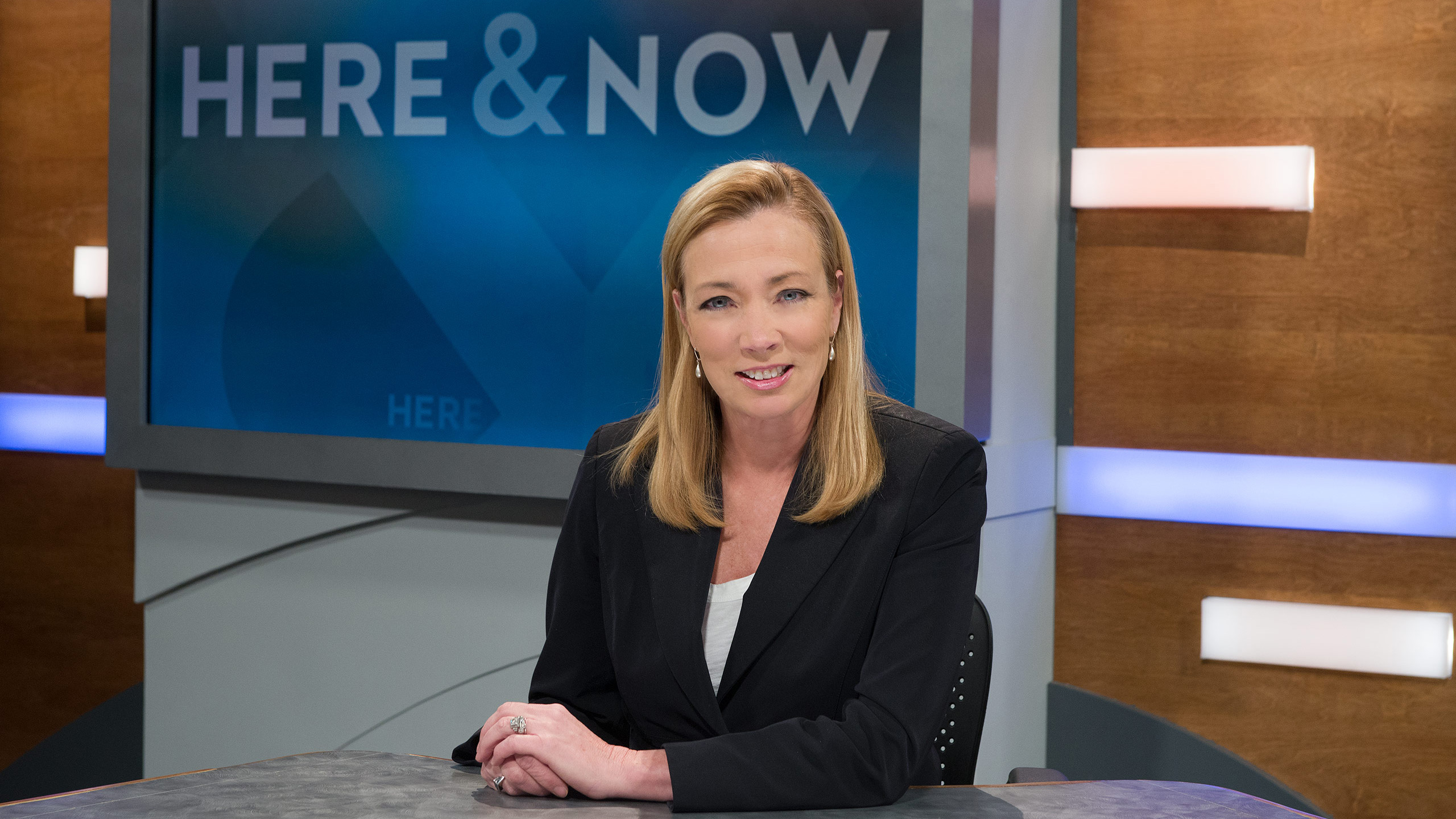

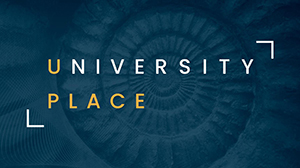
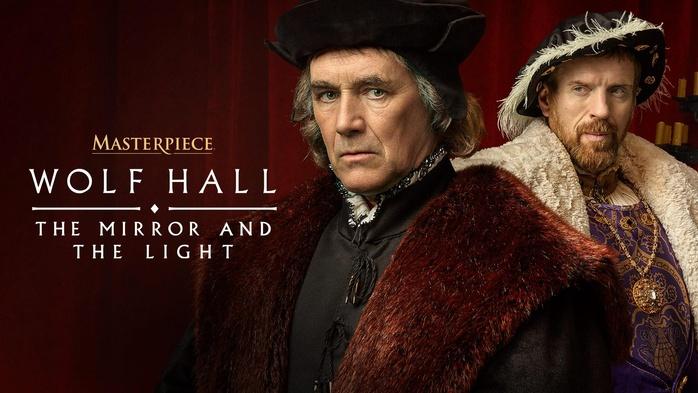

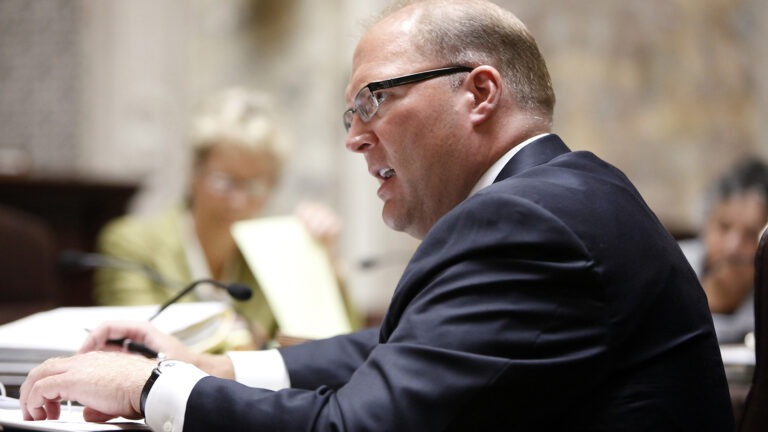
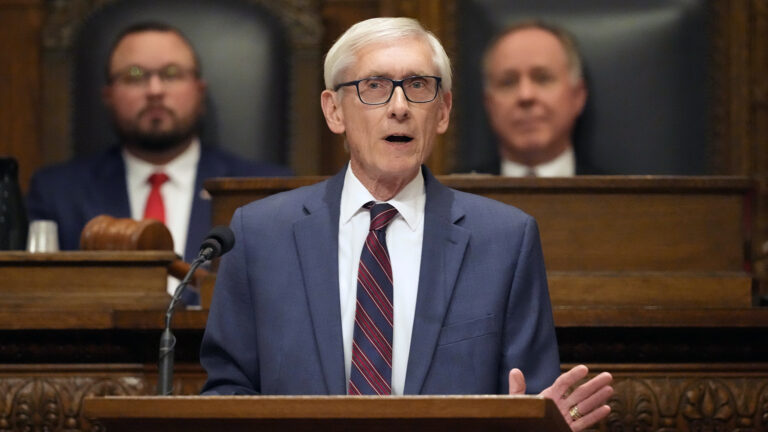

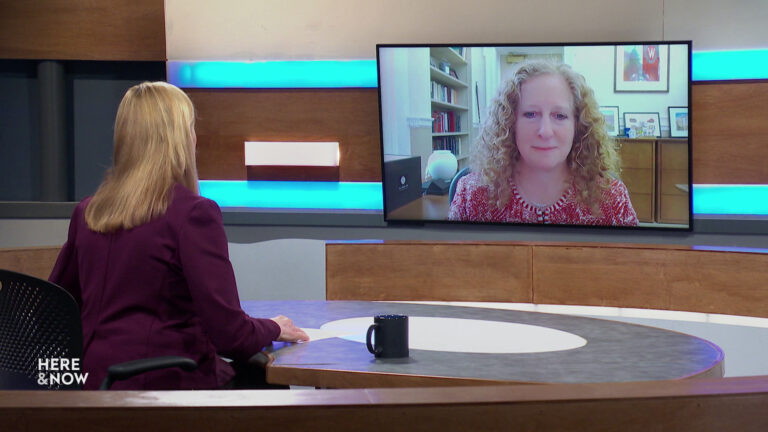
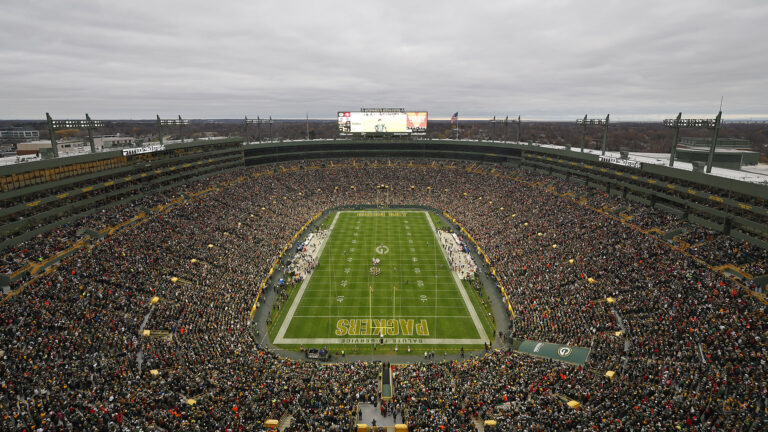
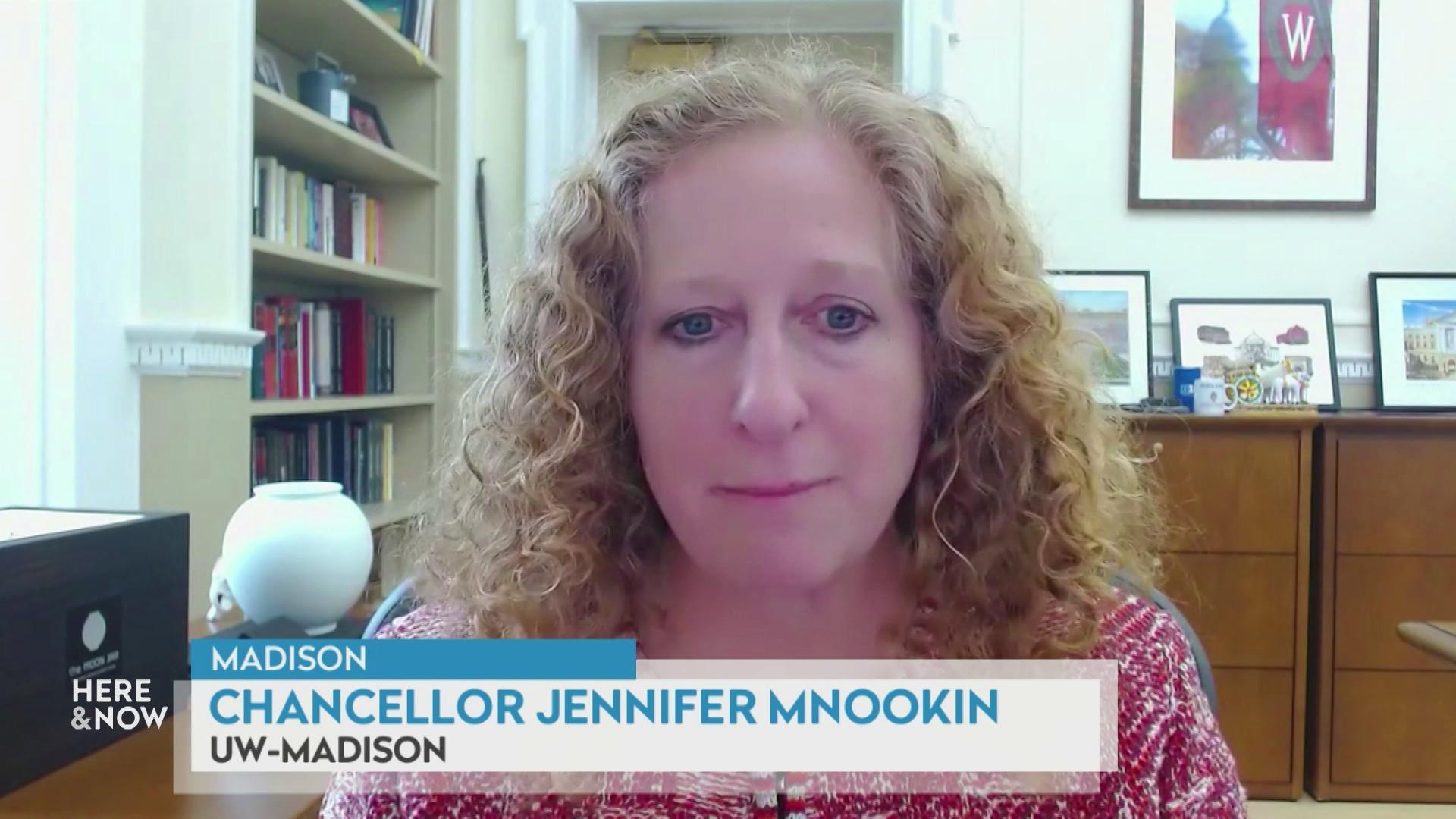

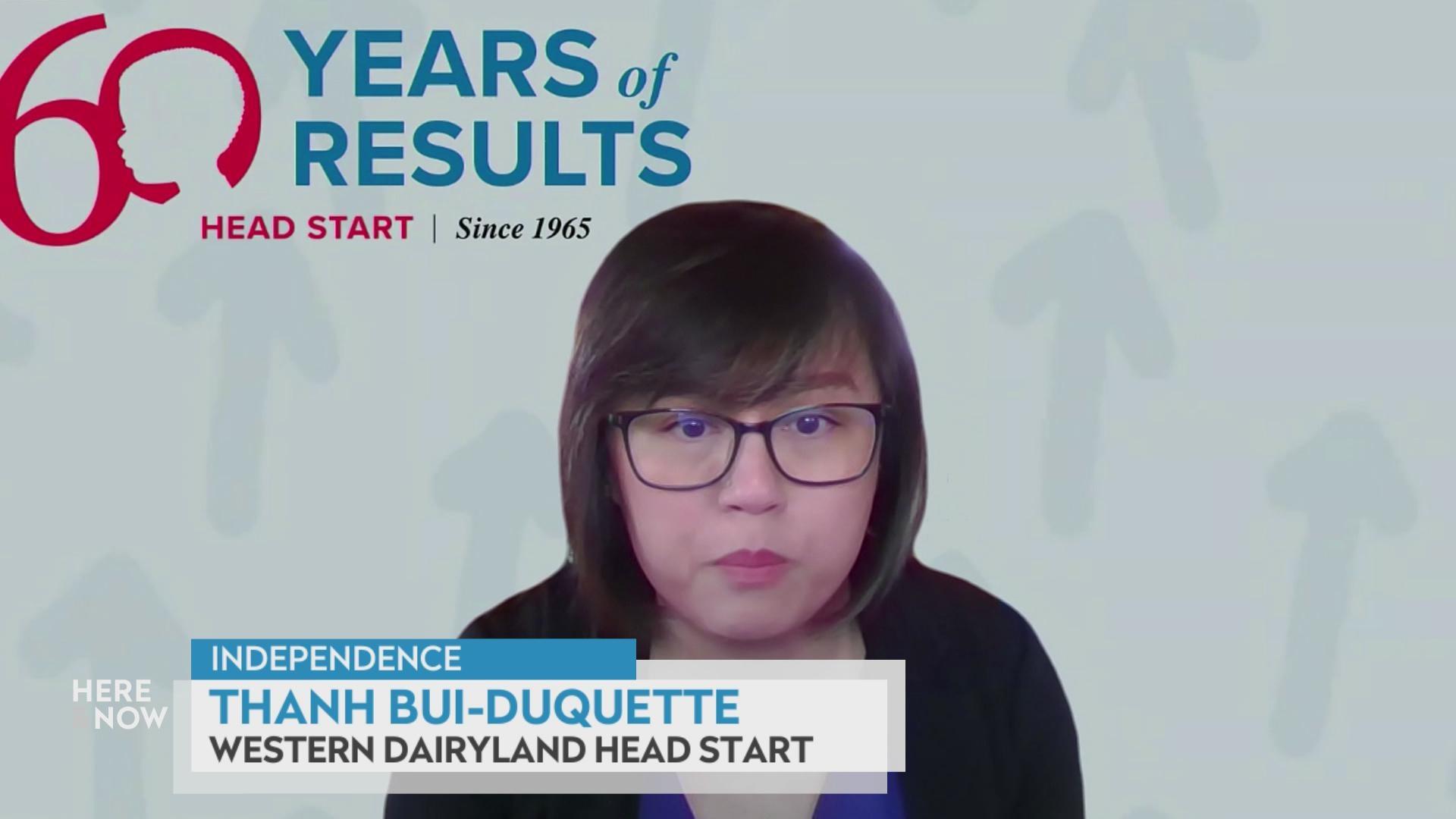
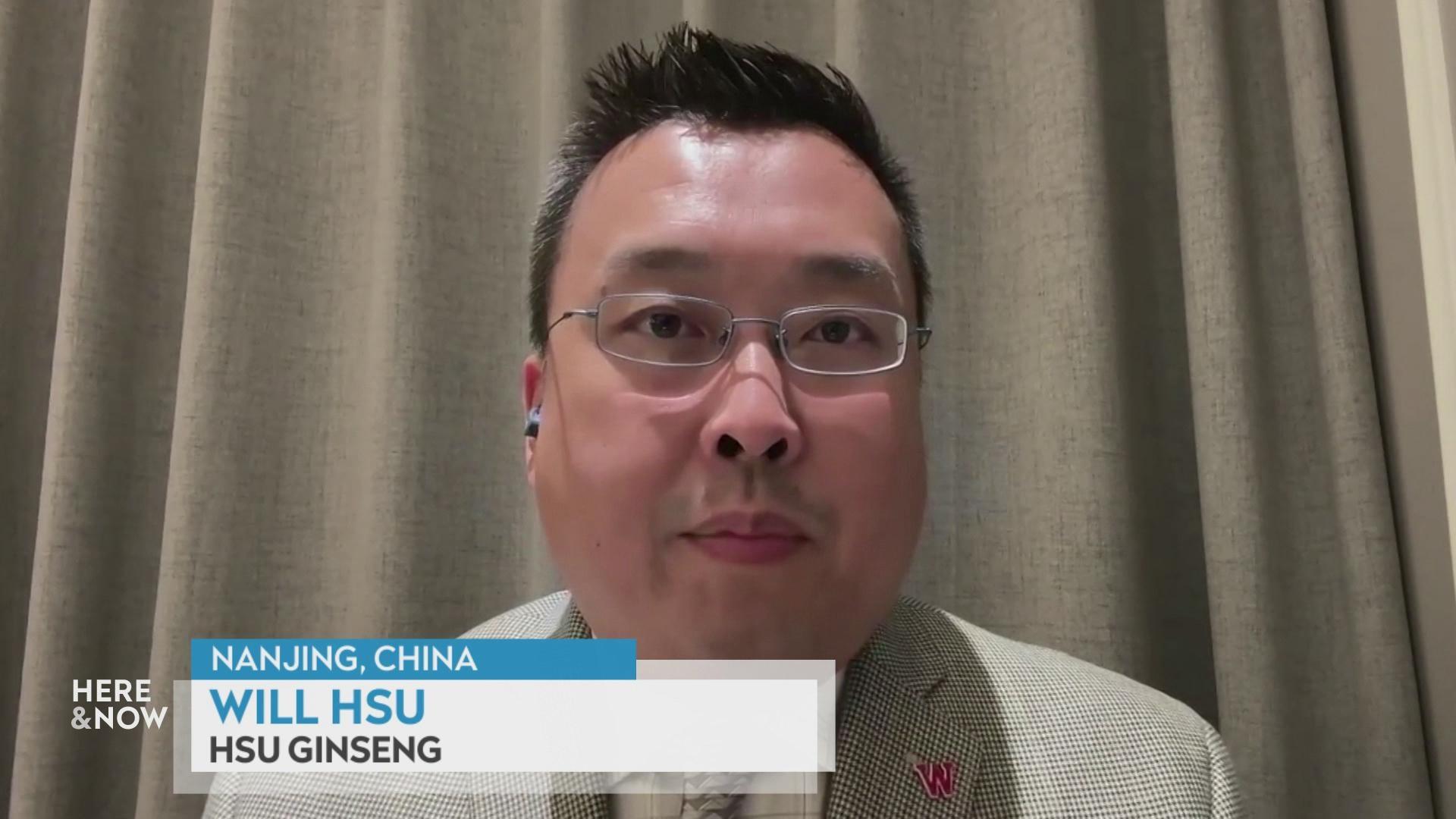
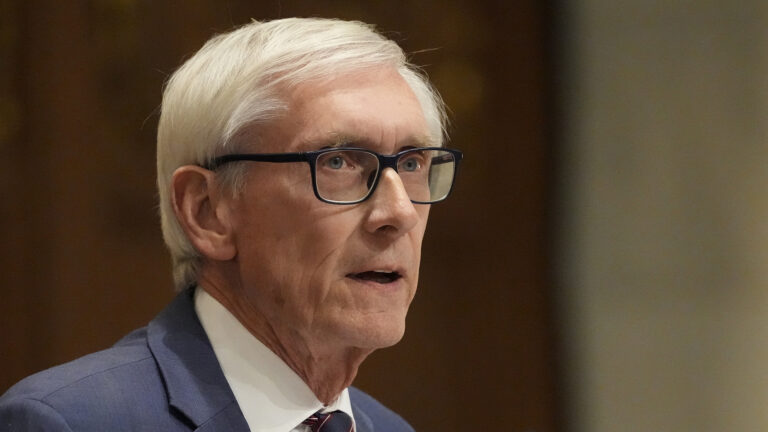
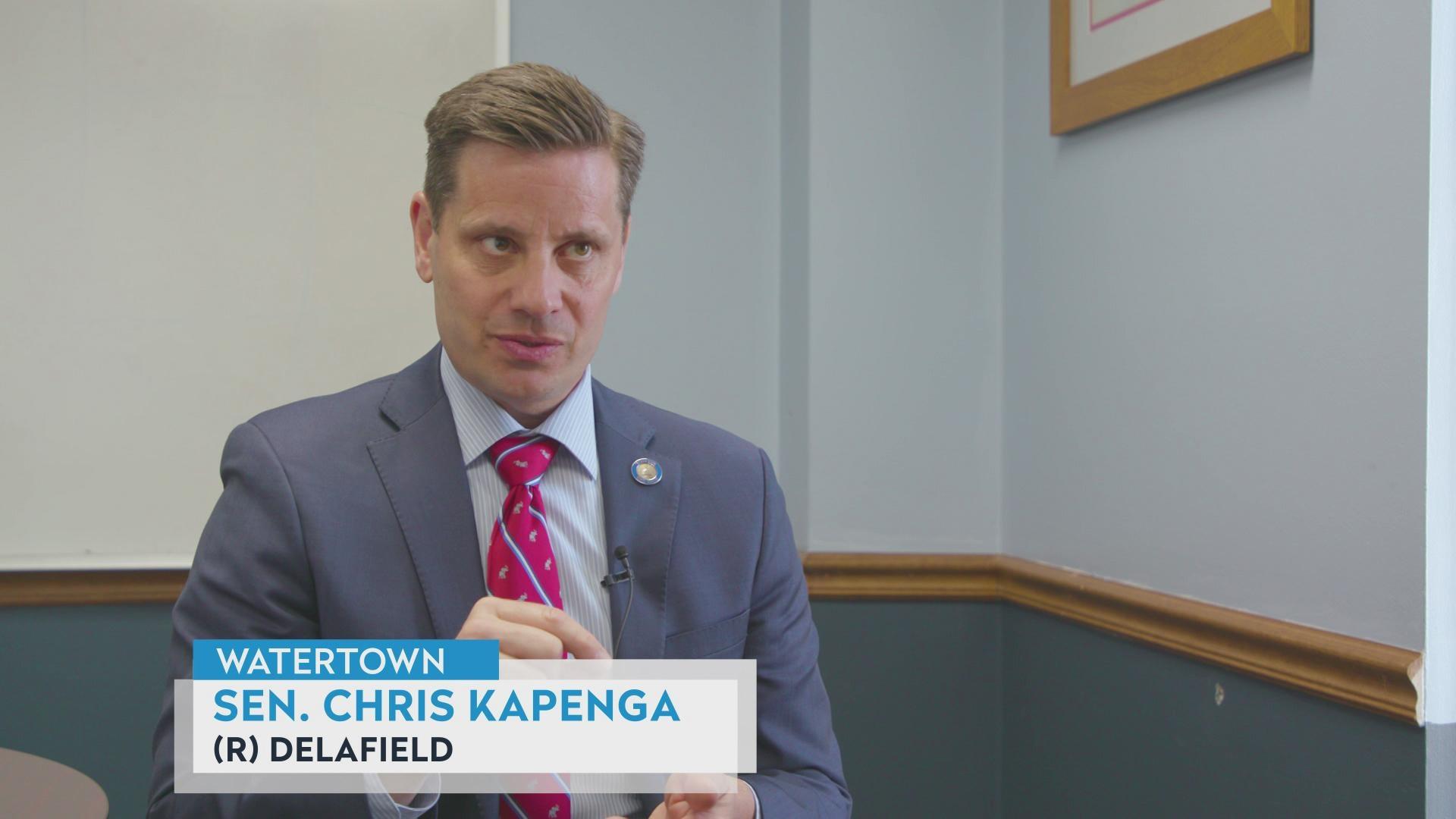
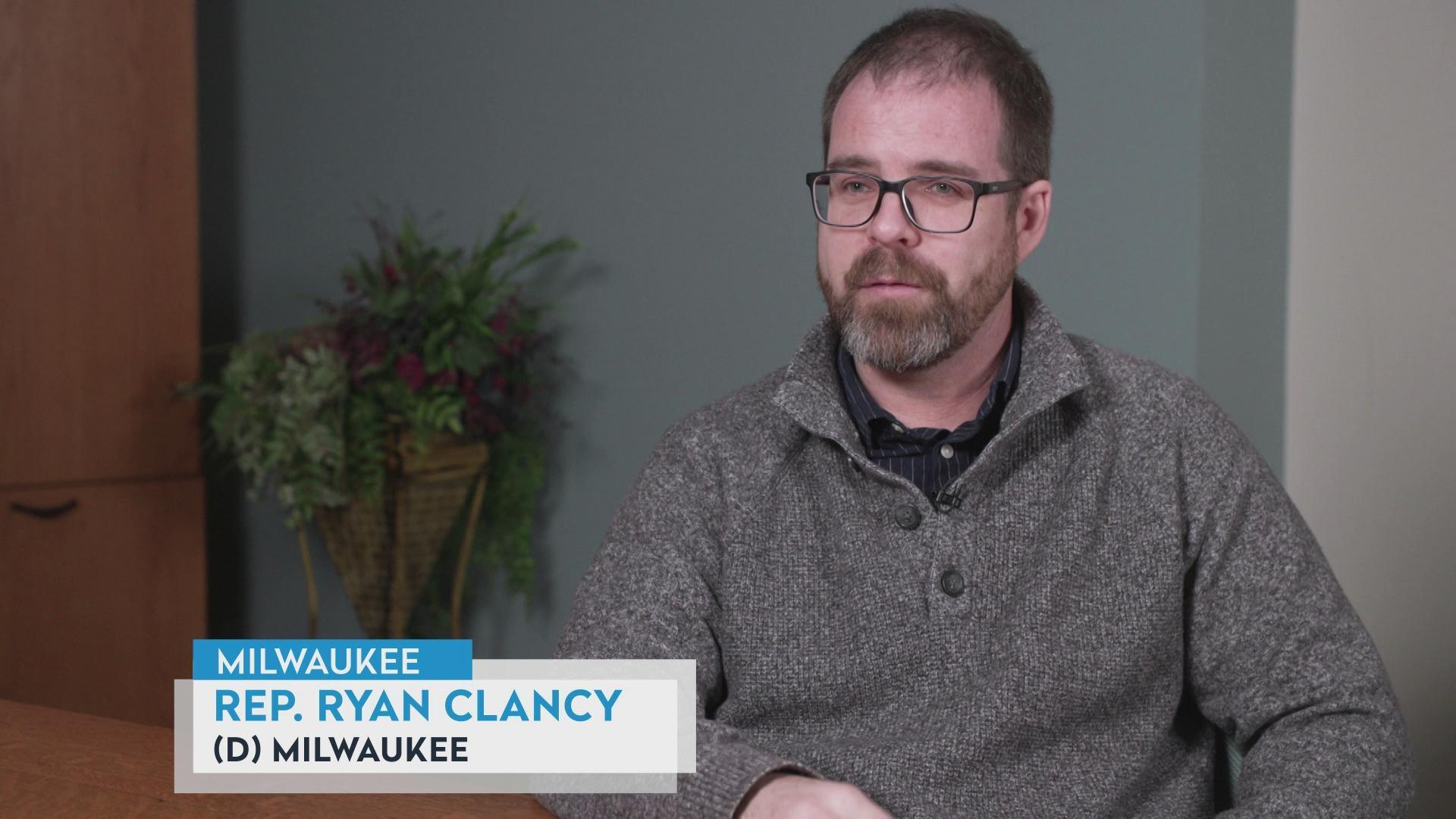


Follow Us